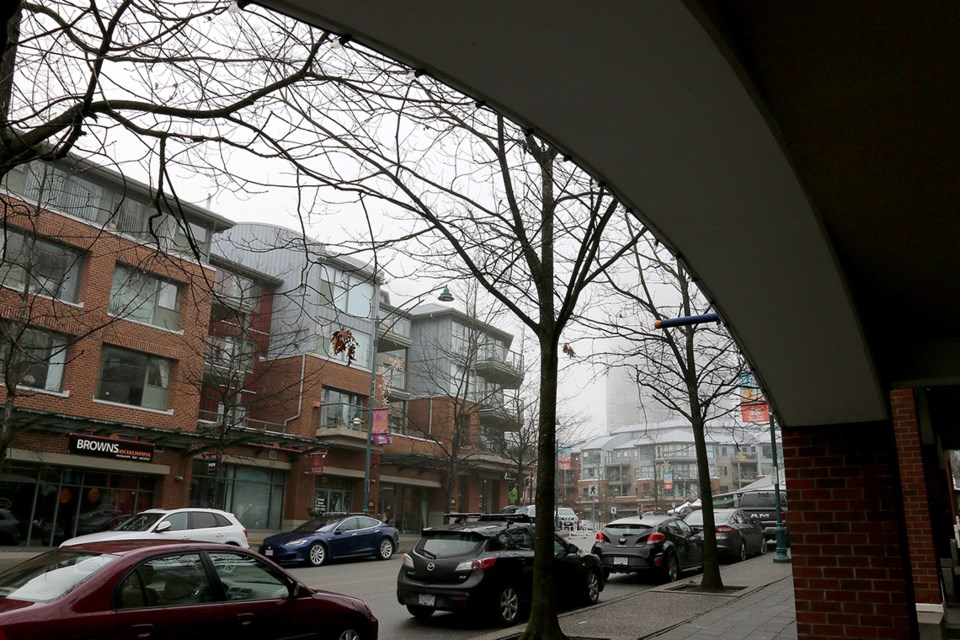Buildings are more than just walls and a roof.
How they’re designed and constructed can impact a community’s mental and social health, writes Port Moody Coun. Amy Lubik in a report to be presented to council on Tuesday (Oct. 5).
Lubik, who’s also a health policy analyst and researcher for Fraser Health, says consideration of a proposed development’s design on the mental and social wellbeing of its prospective residents, as well as the community at large, should become part of Port Moody’s approval process.
This could be achieved, she said, by developing guidelines to measure the mental and social wellbeing components of proposed multi-family housing developments.
They would then be assessed by the city’s advisory design panel that includes architects, an engineer and environmental advocates, as well as representatives from the construction and real estate industries along with other professionals.
“It would be more beneficial to our residents and developers alike to have a common understanding of what elements are important to consider in new buildings to support mental and social wellness and clear guidance on what we as a community expect,” Lubik wrote in her report, adding the panel’s assessment could be included as part of a proposal’s sustainability checklist.
Lubik said elements of building design that can impact mental and social wellness include attractive, stimulating common areas that encourage gathering; shared spaces that are comfortable for people of all ages and encourage shared activities; green spaces; entrance and perimeter design that support social connection; human-scale structures; consideration of natural light, fresh air; and a feeling of openness.
In her report, Lubik points to the township of Esquimalt that, in 2019, partnered with Island Health to look at the effect that housing design can have on the social wellbeing of residents.
“The homes we live in can either enhance or impede social connectedness, inclusion and trust between neighbours,” said a statement on that community’s website.
Some of the recommendations of its study included:
- ensure all residents live with reasonable walking distance of a park or green space
- encourage place-making activities like public art and little free libraries
- boost housing design that allows people to add bedrooms or rent out unneeded space
- spur developers to design for privacy, natural lighting, welcoming spaces and adequate soundproofing
- instigate pet-friendly policies
- provide a mix of open spaces that allow both interaction and privacy
- support active transportation
Lubik said, “The focal point must be the wellbeing of residents,” especially as the city densifies with new high-rise and townhouse development. “Where we live has a great impact on our mental and social wellbeing.”



